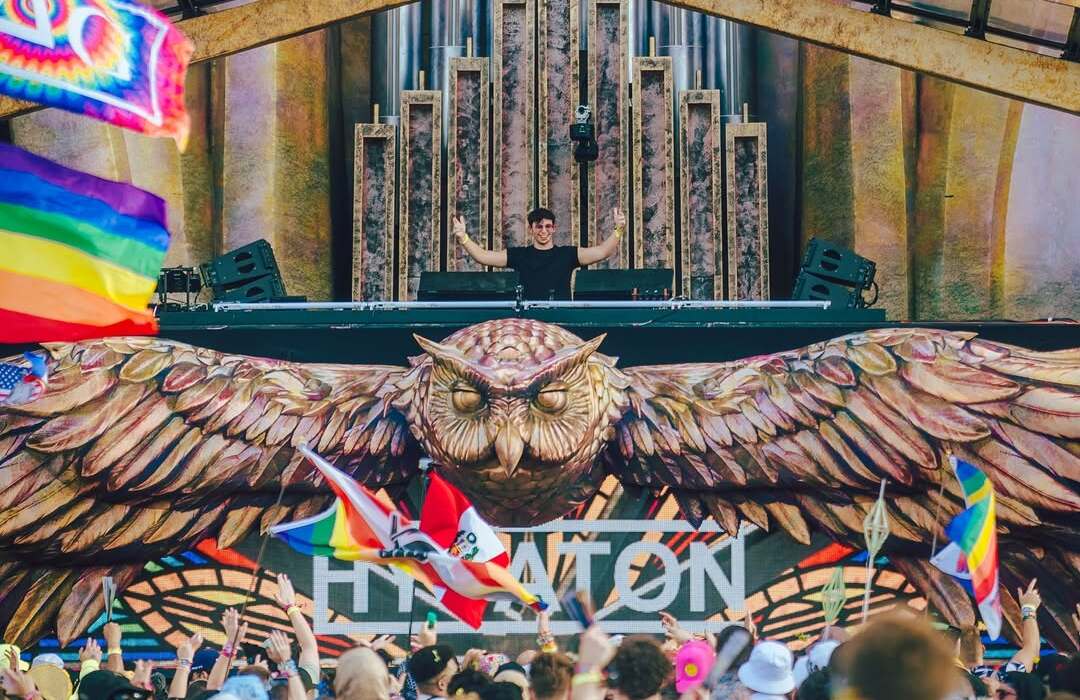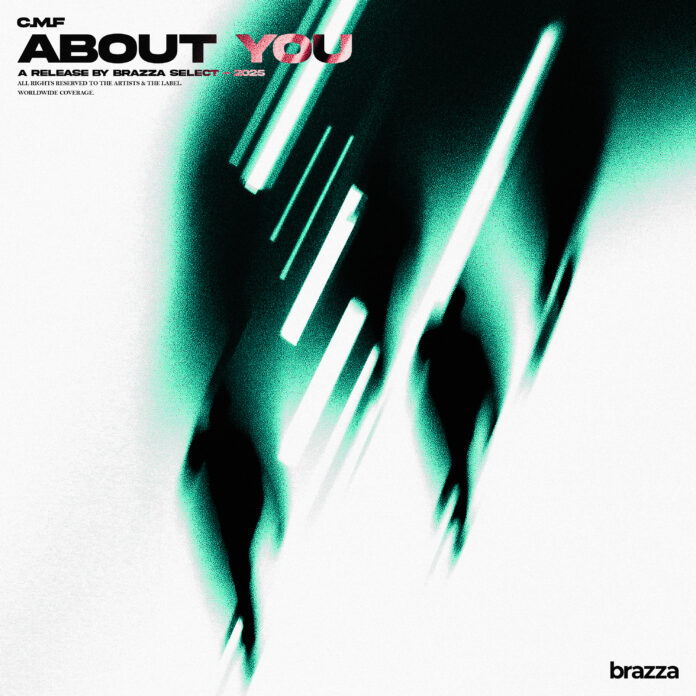WARNING: The following contains spoilers for My Hero Academia #310, by Kohei Horikoshi, Caleb Cook and John Hunt, available now in English from Viz Media.
My Hero Academia has quickened its pace now that it's heading toward its conclusion, and revelations about the true nature of One For All have been nonstop in the latest chapters. As of Chapter #310, we now know the nature of all but two of the Quirks Deku gained from One For All and understand the true weight that rests on his shoulders as its final wielder. But one recent revelation was significant in a way series creator Kohei Horikoshi likely wasn't aware of -- it debunked the most popular My Hero Academia fan theory on the internet aside from the now-confirmed "Dabi is Toya Todoroki" theory.
Dubbed the "Bak-U-Go" theory, this fan interpretation was never exactly the most plausible. The premise of it is that Bakugo becomes the second wielder of One For All by traveling back in time later on in the series. There's very little explanation given as to how exactly Bakugo manages to time travel, or why he even feels the need to do so, but proponents of the theory generally agree that Eri would be the one to gain mastery over time. Given that her Quirk currently only allows her to revert living organisms to earlier states, she would need to undergo an incredibly powerful Quirk Awakening in order to accomplish this feat.
The theory got its start when all the previous wielders of One For All were revealed to Deku in a dream during the Joint Training Arc. While all eight were there, including a wispy facsimile of All Might, two of the wielders were depicted as mysterious silhouettes. One of these silhouettes had spiky hair and arm gauntlets, and fans were quick to point out the visual similarities to Bakugo. More skeptical fans also pointed out that the silhouette resembled Dabi just as much as it did Bakugo, but nevertheless the Bak-U-Go theory became wildly popular, perhaps more because of Bakugo's massive fanbase rather than the substance of the theory itself.
Chapter #310 of the manga firmly debunks the Bak-U-Go theory, however. Deku finally gets to meet the second wielder of One For All in this chapter, and it's revealed that he's meant to be a parallel to Bakugo rather than literally Bakugo himself. His conflicted relationship with the first wielder bears similarities to Deku and Bakugo's complicated history, and the chapter draws a visual comparison by having the second wielder reach out his hand to the first in the same way Deku once did to Bakugo. Another detail that discredits the Bak-U-Go theory is the shading of the second's hair, which suggests he has a hair color darker than Bakugo's blond. The fact that Deku didn't recognize the second wielder -- or even note that he seemed familiar -- is the final nail in the coffin of this theory.
Still, don't expect all the heated Bak-U-Go debates to vanish from the internet quite yet. Fans who aren't reading the manga won't know the theory has been debunked until the anime catches up in a minimum of two years -- meaning there's a long while to go before speculation on Bakugo's time travel capabilities is gone for good.
About The Author

